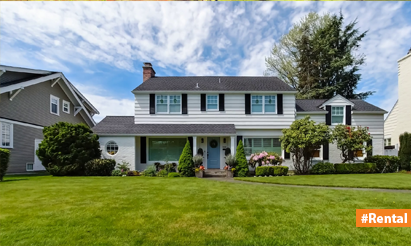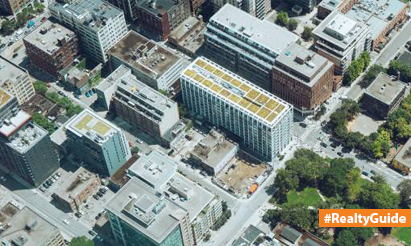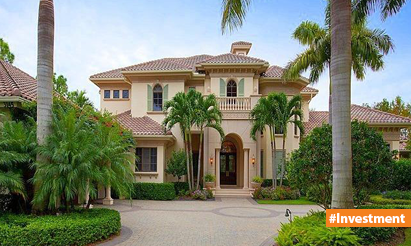Industrial corridors will help tier-2 and tier-3 cities grow their commercial real estate.
Rajesh Prajapati is a real estate agent who works primarily in the Rajasthani towns of Khushkhera, Bhiwadi, and Neemarana. Prajapati has always found it difficult to attract investors and purchasers in these high-potential but unremarkable sites because he mostly specializes in residential and industrial real estate.
He considered moving to the NCR market for greener pastures several times. However, in the last year or two, he has noticed an extraordinary amount of interest from regional investors. Is there any evidence that urban sprawl has spread further than the affluent NCR areas? Yes, and the reason for this is due to the impending industrial zone.
“There was some early interest around the places where the Delhi Mumbai Industrial Corridors intersected” (DMIC). Nevertheless, even in regions that can be classified as secondary commercial areas in the region, there is a demand for commercial properties presently. In the past, the region had no idea of core business districts or secondary business districts. According to Prajapati, “it appears that the DMIC is transforming the commercial environment of the area.”
This property agent’s experience in the tier-2 market in Rajasthan is similar to that of many other property agents in tier 2 and tier 3 cities that link numerous emerging industrial zones.
Industrial corridors’ influence on commercial real estate in tier 2 and tier 3 cities
Many commercial projects in large Indian cities have so far been limited to tier-1 cities, according to the property market landscape. This has a direct impact on the unequal expansion of the economy and commercial advances. The reality of economic activity in general, and the development of venues for it in specific, have proven somewhat perplexing.
Because of the excess of commercial spaces, Mumbai is arguably the only city in the world where the best commercial spaces are substantially cheaper than the best residential units.
Beyond Mumbai, there has been a dearth of demand for commercial assets. Yet, with what is known to as the passing of affluence, the economy’s unequal growth will soon alter. The forthcoming industrial corridors are expected to reshape the urban pattern of development in this region of the world, open floodgates of expansion and economic opportunities, and provide new growth corridors for the commercial property market.
Why is there an increase in the consumption for commercial properties in tier-2 and tier-3 cities?
- In comparison to tier-1 cities, commercial spaces in tier-2 and 3 cities are 4 percent 0-50 percent less expensive.
- Businesses in the supply chain could survive with a lower cost of doing business per square foot.
- Logistics and warehousing are fertile markets in the periphery.
- To serve the significant firms along the industrial corridors, new factories will be established.
- Commercial assets in tier-2 and tier-3 cities are projected to attract large global funds.
India’s major industrial corridors
There are four major industrial corridors which will have the most impact on commercial real estate markets:
- Most talked-about corridor is the Delhi-Mumbai Industrial Corridor (DMIC).
- The Industrial Corridor between Chennai and Bengaluru (CBIC).
- The Bengaluru–Mumbai Economic Corridor is a link between Bengaluru and Mumbai (BMEC).
- The Amritsar-Delhi-Kolkata Industrial Corridor is a corridor connecting Amritsar, Delhi, and Kolkata (ADKIC).
Furthermore, real estate developers are looking forward to the anticipated East Coast Economic Corridor, which will connect Kolkata and Chennai and bring up even more commercial viability.
The industrial corridors have always been about trading, production, and commercial sectors, with easy access and regulatory incentives. As a result, it will make it easier to move goods and people between cities, as well as minimise the time it takes to transport things between them. As a result, the industrial corridors will improve business prospects for citizens in the states. There would be less traffic in all of the states, and SMEs will thrive along the route. Because SMEs are one of India’s most important demand generators for commercial property, there will be a surge in demand for commercial premises, that will have a great implication on residential property need.
Factors for a surge in commercial space demand in Tier 2 and 3 cities
- There is undoubtedly a reason to the insanity when it comes to the surge in demand for commercial property in tier-2 and tier-3 cities that link industrial routes.
- To begin off, overall cost of business per square foot is about 40% to 50% lower than that of tier-1 cities’ commercial premises.
- Secondly, small and medium businesses that are part of the distribution networks for major corporations within industrial corridors can continue to operate at the outside of those corridors.
- Finally, around the outside of industrial corridors, transportation and storage will dominate as the investment attraction. Likewise, manufacturing companies are looking for commercial properties in tier 2 and tier 3 cities to gain an early competitive edge.
Disclaimer: The views expressed above are for informational purposes only based on industry reports and related news stories. PropertyPistol does not guarantee the accuracy, completeness, or reliability of the information and shall not be held responsible for any action taken based on the published information.




